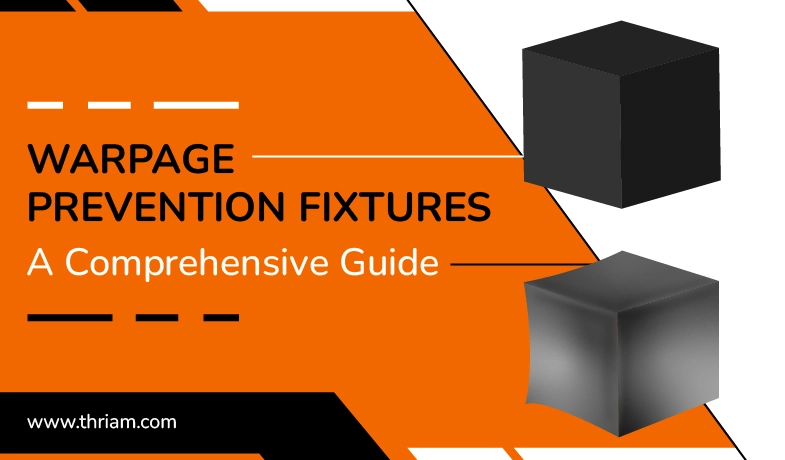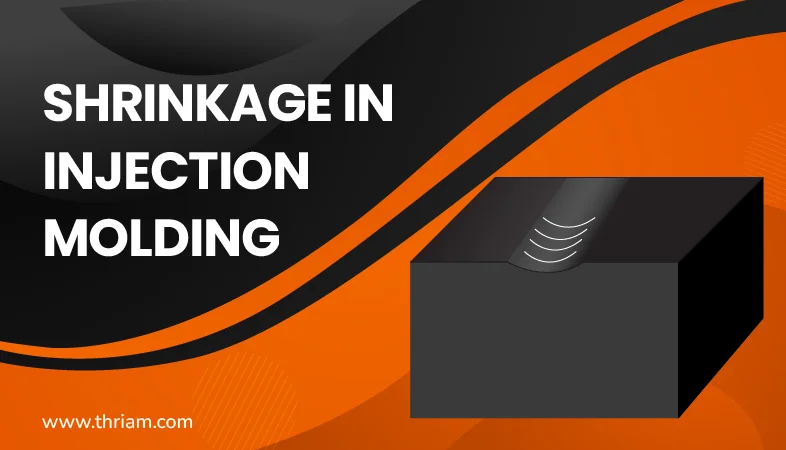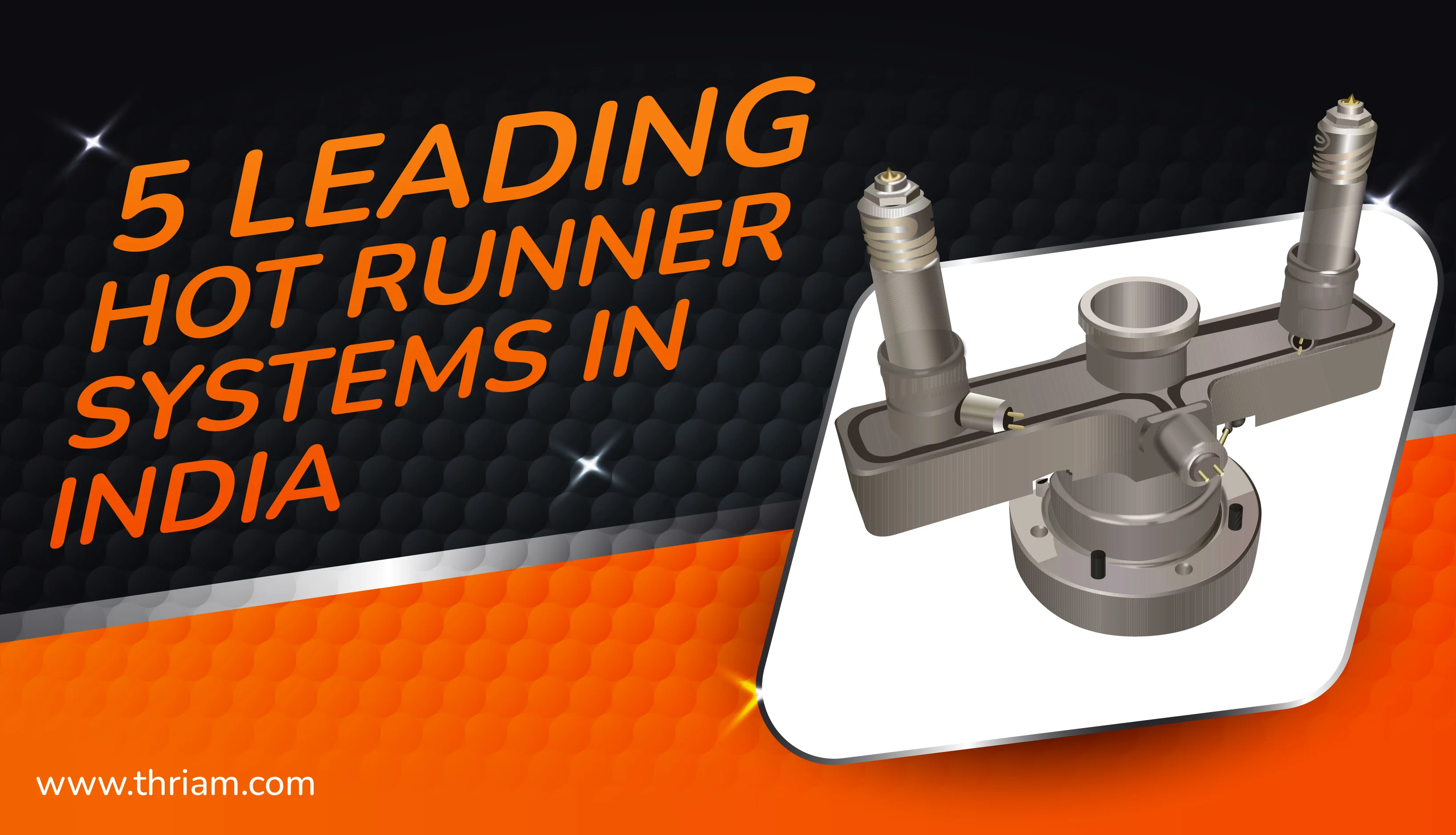Optimizing Injection Molding: Unraveling the Role of Temperature and Pressure
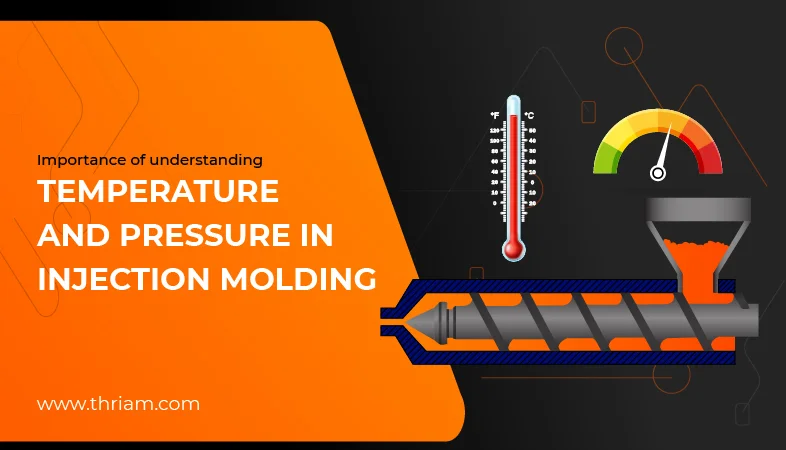
Injection molding is a popular manufacturing process used to produce a vast array of plastic components across various industries such as automotive, medical, and electronics. The process involves heating plastic material, injecting it into a mold at high pressure, and then cooling it to harden into the desired shape. Although injection molding may seem like a simple process, there are various factors manufacturers must consider to ensure optimal part quality, efficiency, and tool longevity. Two of the most critical factors in injection molding are temperature and pressure.
In this blog post, we will explore how temperature and pressure affect the quality and efficiency of the injection molding process.
The Basics of Injection Molding
Before we dive into the effect of temperature and pressure, let's first take a look at how injection molding works and the components involved. Injection molding generally involves the following steps:
- The mold is closed, and plastic is injected into the mold cavity.
- Heat and pressure melt and pack the plastic into the mold.
- The mold is cooled, and the plastic hardens.
- The mold is opened, and the finished product is ejected.
In addition to the mold, several key components are involved in the injection molding process, including the injection unit, the clamping unit, and the control system. The injection unit consists of a hopper where the plastic material is stored and fed into a heating cylinder. Once the material is melted, it's injected into the mold via a nozzle under high pressure. The clamping unit is responsible for securely holding the mold in place during the injection process, while the control system monitors and regulates the temperature, pressure, and other key variables to ensure optimal part quality.
The Influence of Temperature on Injection Molding
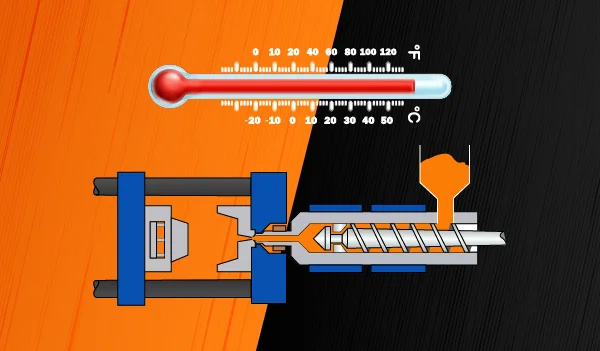
Temperature plays a critical role in the injection molding process. During the injection phase, plastic material is heated to its melting point and then injected into the mold cavity. The temperature of the plastic material affects its flow, viscosity, and molecular orientation during the filling and packing phases of the molding process.
The melt temperature refers to the temperature of the plastic material as it enters the mold cavity. Maintaining the appropriate melt temperature is critical in achieving the desired part quality and cycle time. If the melt temperature is too high, the plastic material may become overcooked, leading to degradation, and poor part quality. On the other hand, if the melt temperature is too low, it may lead to incomplete filling, poor mold replication, and sink marks on the finished part.
Furthermore, the temperature of the mold determines the cooling rate of the plastic material. Cooling the mold too quickly or slowly can significantly impact the quality of the finished parts. Overcooling can lead to incomplete filling and shrinkage, while undercooling can lead to parts sticking to the mold or warpage.
The Role of Pressure in Injection Molding
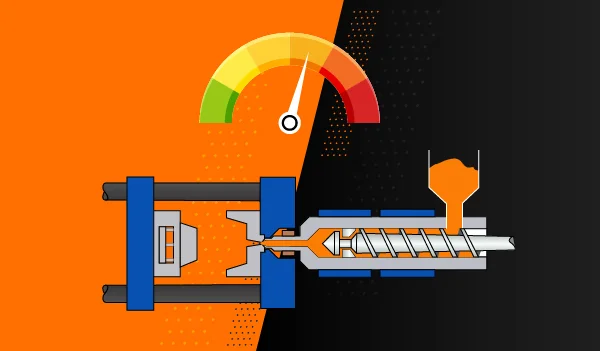
Pressure is another critical factor in the injection molding process. Injection pressure refers to the pressure required to fill the mold cavity with the molten plastic material. The pressure required depends on factors such as the viscosity, shrinkage rate, and flow rate of the plastic material. The injection pressure must be precisely controlled to ensure proper filling, packing, and replication of the mold.
Pressure's primary function is to pack the plastic material into the mold cavity, eliminating any voids and ensuring consistent part replication. If the pressure is too low, the plastic material may not fill the mold cavity completely, resulting in incomplete parts or sink marks. Moreover, insufficient packing pressure can lead to weak parts with low tensile and impact strength. However, if the pressure is too high, it can lead to plastic material deformation, flow marks, and flash.
Understanding the Interplay of Temperature and Pressure
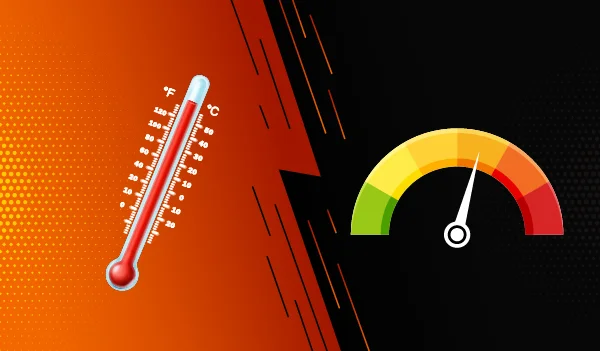
The temperature and pressure interact in various ways in the injection molding process, and it's critical to understand its balance. For instance, high temperature and low pressure can cause the molten plastic material to flow too quickly, leading to flash or short-shots. In contrast, low temperature and high pressure can cause the molten plastic material to flow too slowly, leading to incomplete parts.
To achieve maximum efficiency and part quality, manufacturers must ensure both temperature and pressure are optimized for each specific material and mold. Failing to balance temperature and pressure adequately can lead to significant variations in part quality and production efficiency.
Tools and Techniques for Controlling Temperature and Pressure
Manufacturers have developed various tools and techniques for controlling and regulating temperature and pressure in injection molding. These include:
- Hot runner systems: These are heated plates that keep the plastic material molten as it flows to the mold cavity, preventing it from cooling and solidifying prematurely.
- Mold temperature controllers: These are devices that regulate the temperature of the mold by circulating coolant through channels in the mold. It helps control the rate of cooling of the plastic material.
- Pressure sensors: These sensors monitor the injection pressure and feed the information back to the control system. They help adjust the pressure in real-time to ensure consistent packing and mold replication.
Best Practices for Optimizing Temperature and Pressure
There are several best practices for optimizing temperature and pressure in the injection molding process, including:
- Establishing proper process parameters for each material and mold.
- Continuous monitoring of key process variables.
- Regular maintenance of molds and machine components.
- Implementing automated systems where possible.
- Maintaining open communication channels between machine technicians, engineers, and operators.
Conclusion
Temperature and pressure play a critical role in the injection molding process and significantly impact part quality, production efficiency, and tool longevity. Manufacturers must understand the interplay between both variables and optimize them for each specific material and mold to achieve the desired outcomes. Proper temperature and pressure control, combined with best practices, can lead to defect-free parts, reduced cycle times, and increased throughput.
